
- 首 页 / HOME
- 关 于 / ABOUT
- 2025申奖 / ENTRY
- 获 奖 / AWARDS
- 活 动 / EVENTS
- 资 讯 / NEWS
- 合 作 / PARTNERS

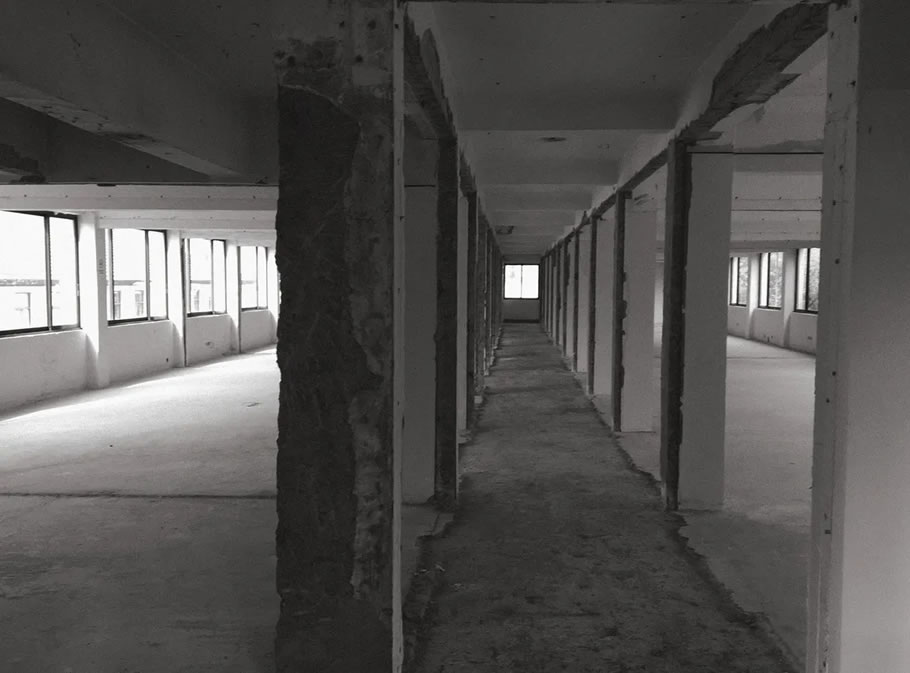
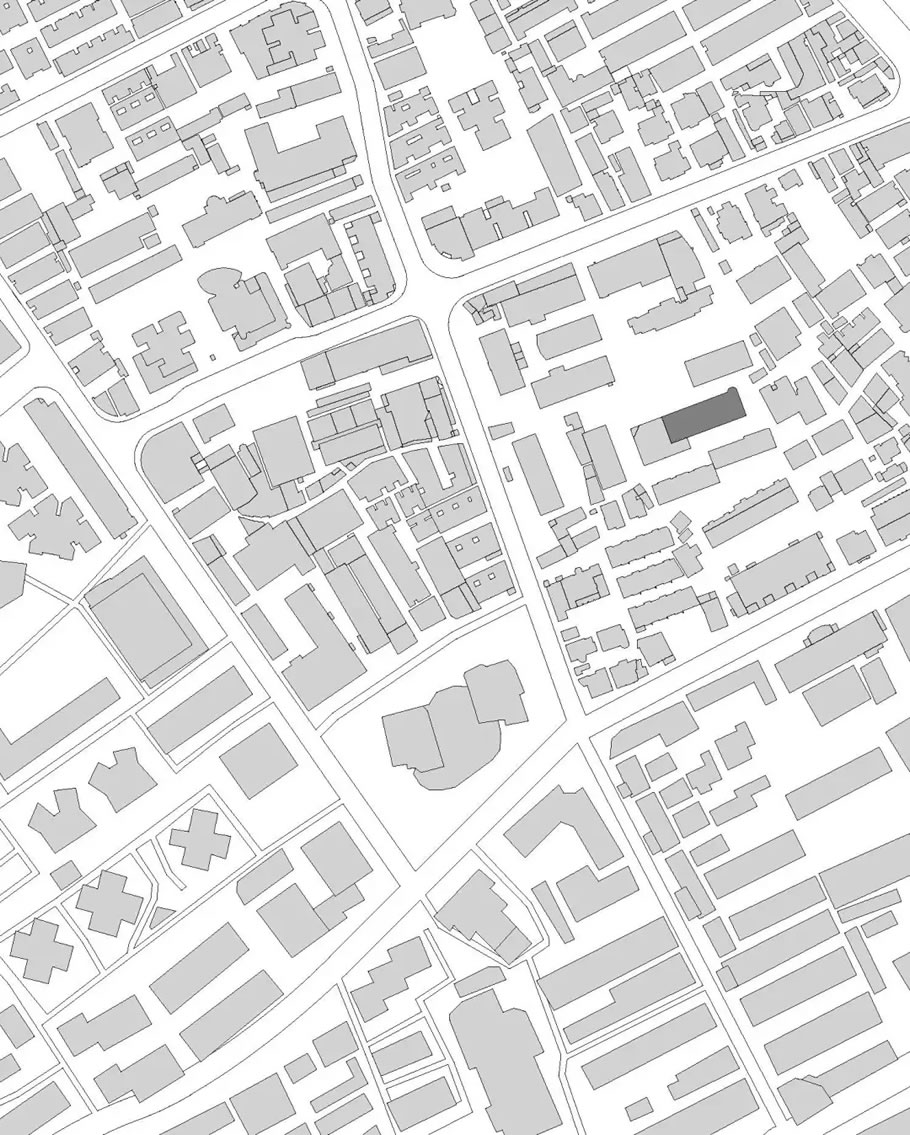
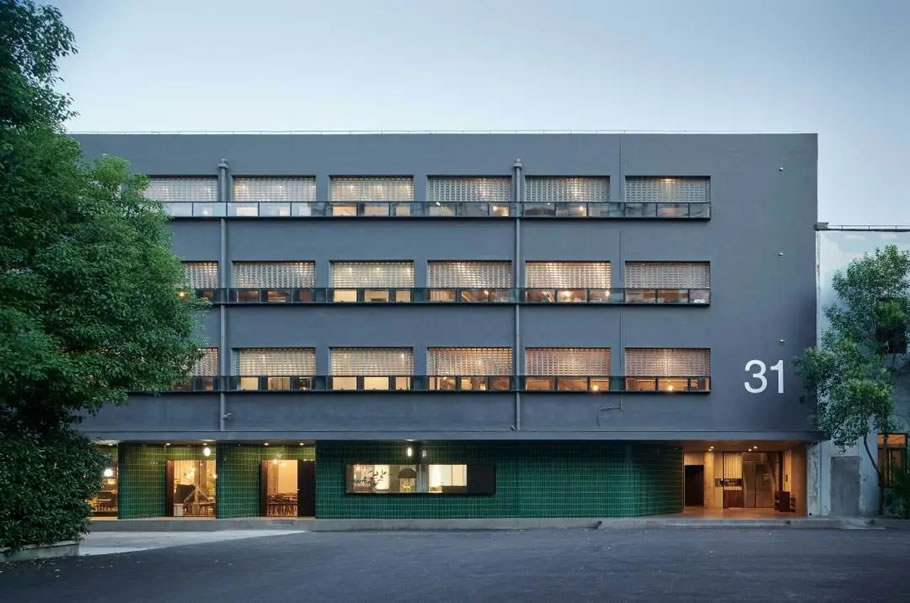
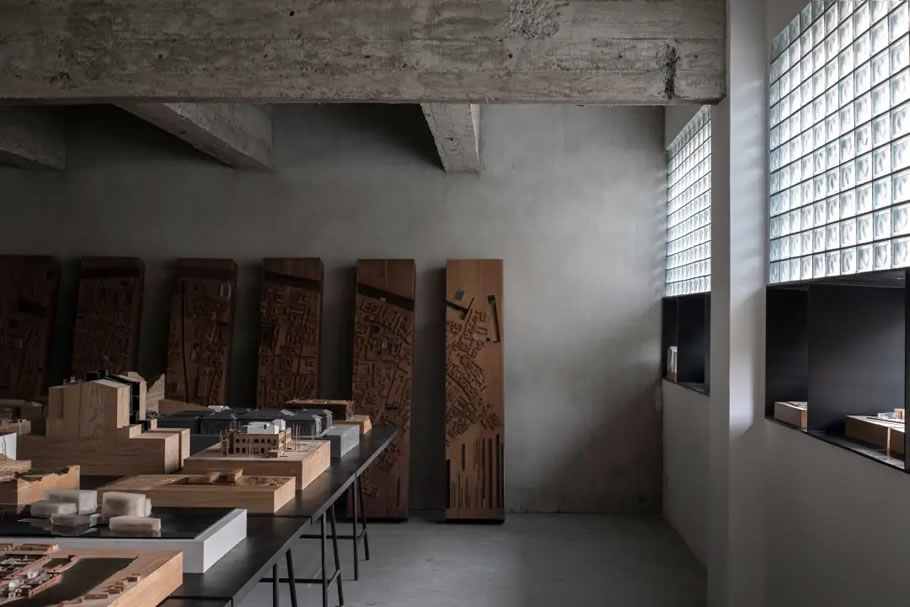

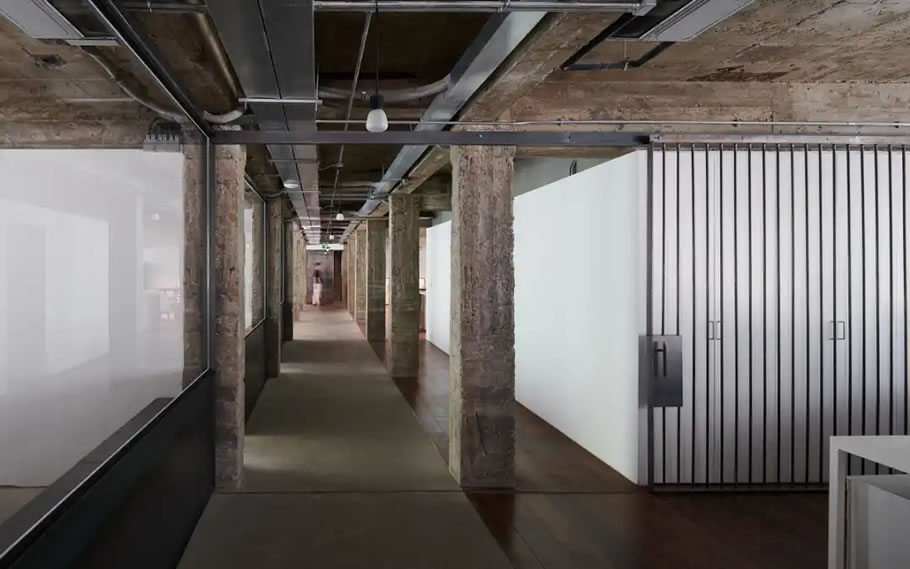
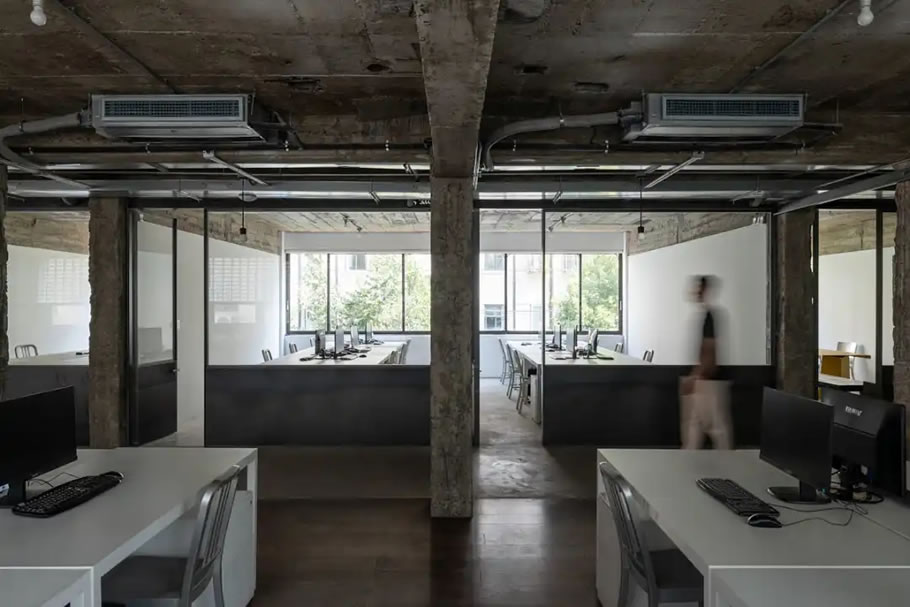
三、四楼会议室间的双层挑高空间,如恩设计办公室
Double height spaces, meeting rooms on the 3rd and 4th floor, Neri&Hu's office

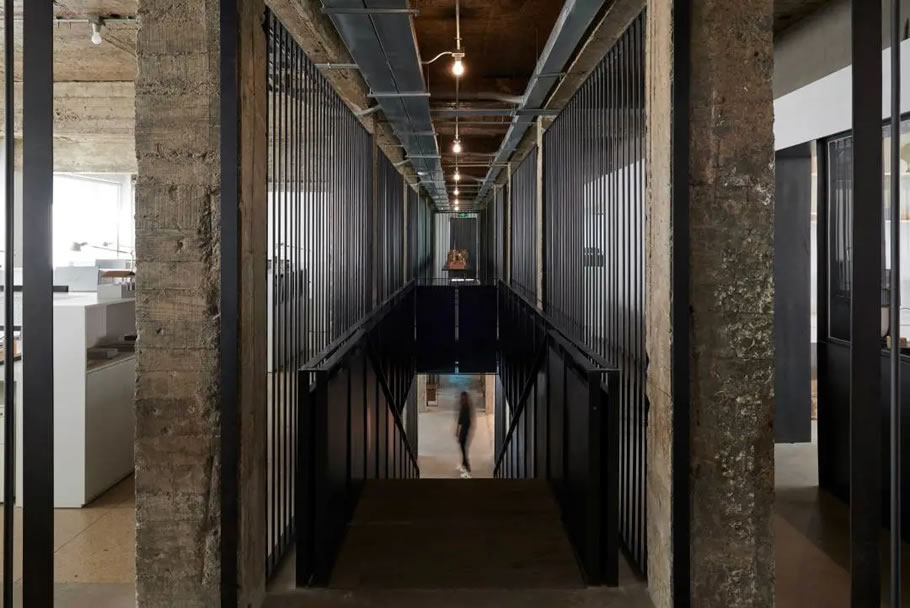
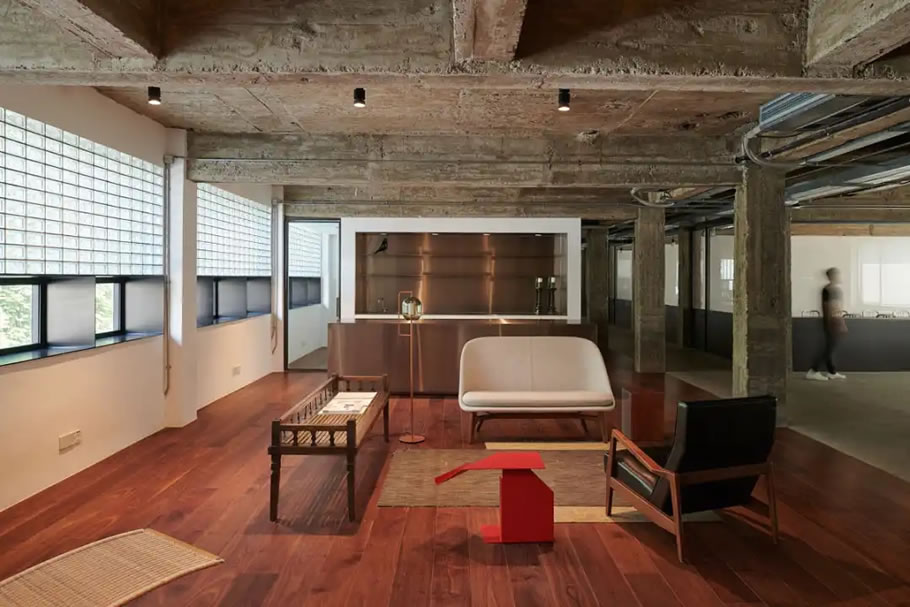
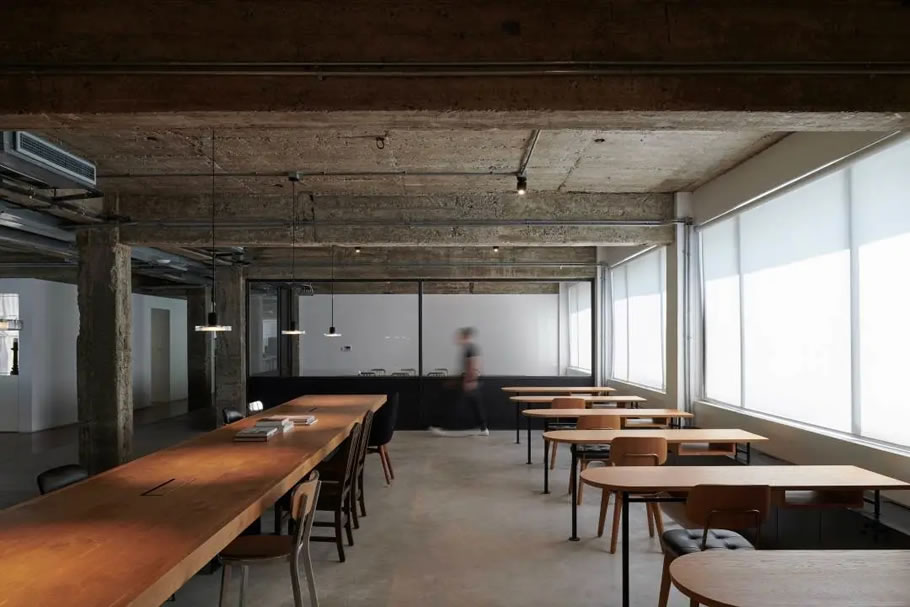

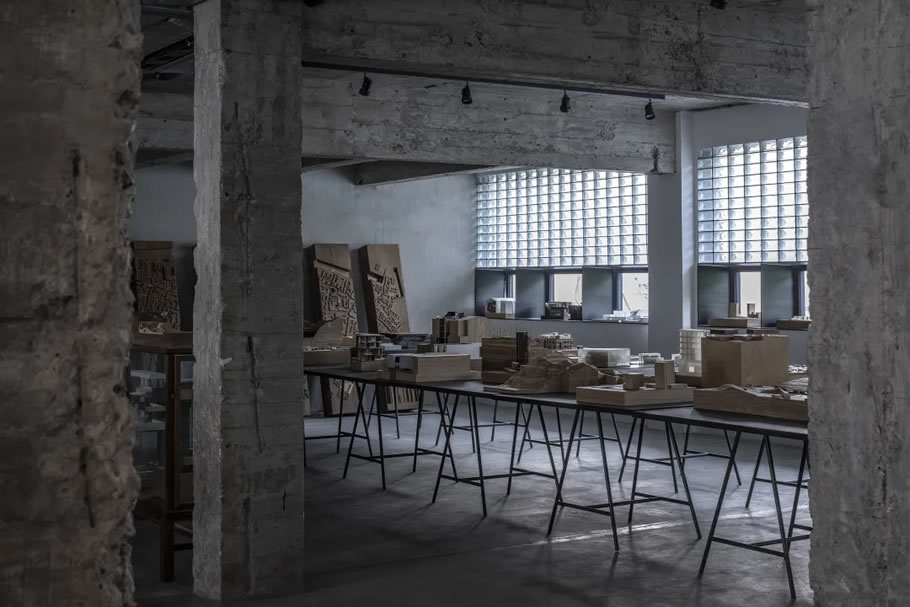
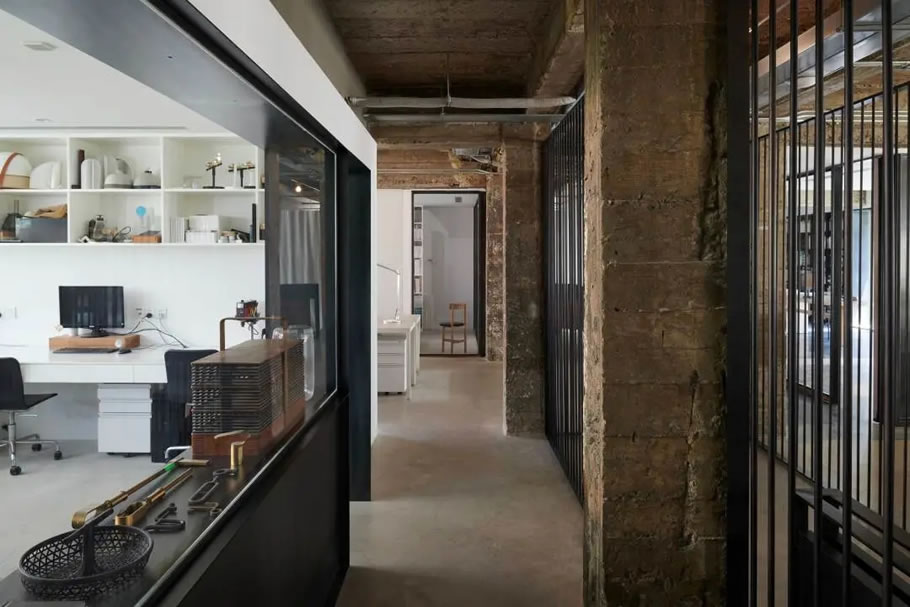
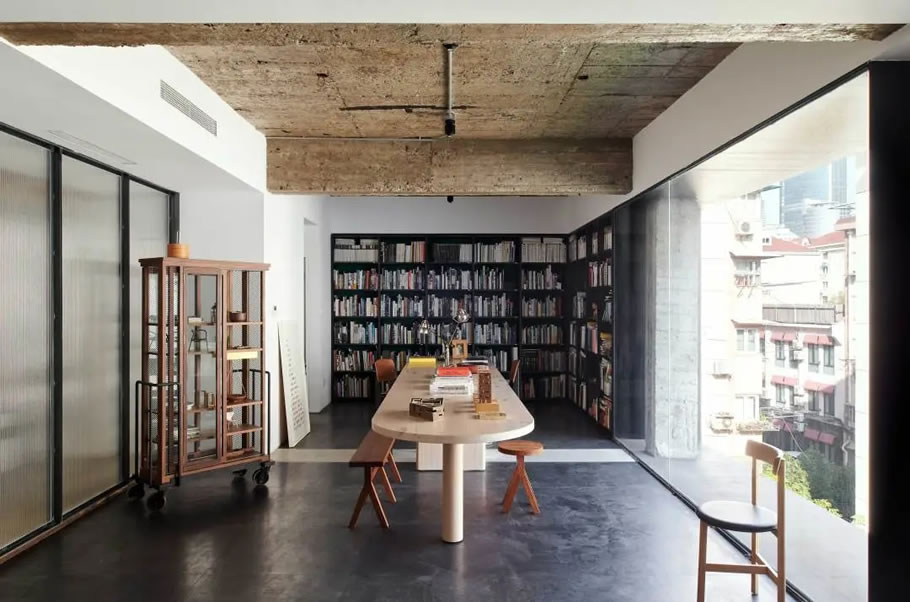
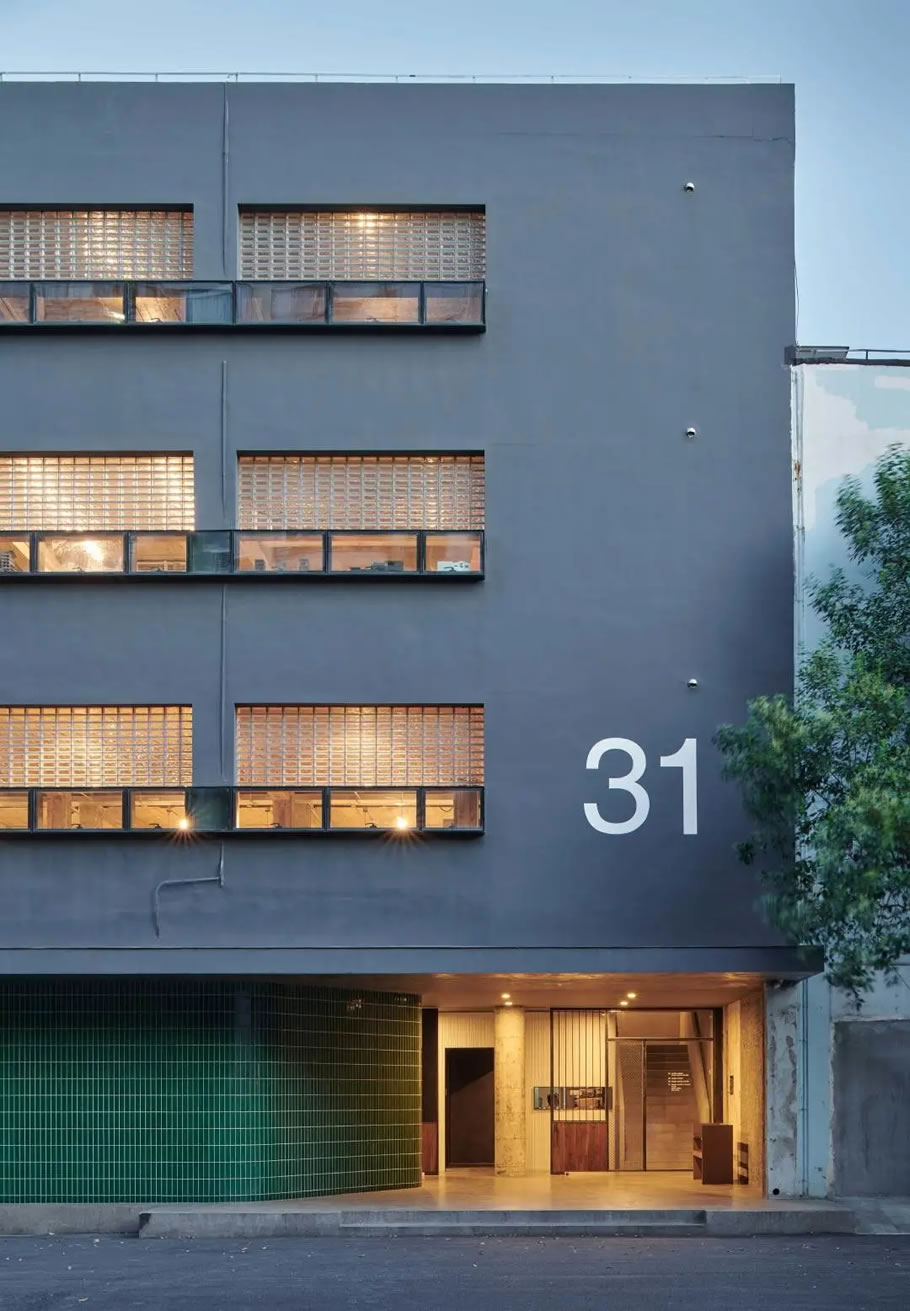
No.31
地点:中国,上海
设计时间:2018年
类型:建筑改造,室内设计
建筑面积:2,400平方米
主持建筑设计师:郭锡恩,胡如珊
设计团队:杨延蕙,郭鹏,Nicolas Fardet,辛海鸥
No.31
Location: Shanghai, China
Design period: 2018
Type: architecture renovation, interior design
Gross area: 2,400sqm
Principals in charge: Lyndon Neri, Rossana Hu
Design team: Nellie Yang, Jerry Guo, Nicolas Fardet, Haiou Xin
摄影:陈颢,田方方
影片:陈颢
Photo by Chen Hao, Tian Fangfang
Video by Chen Hao